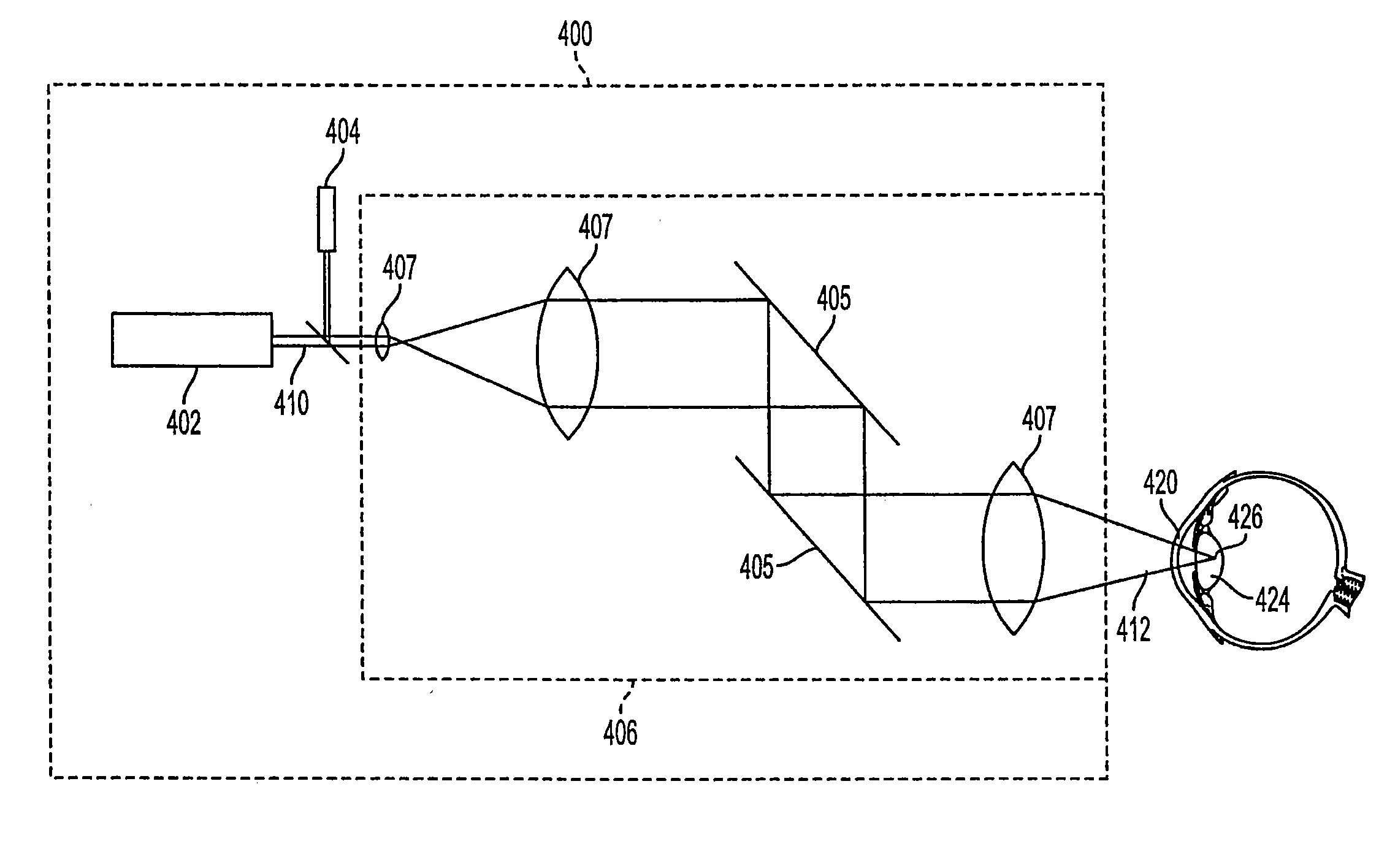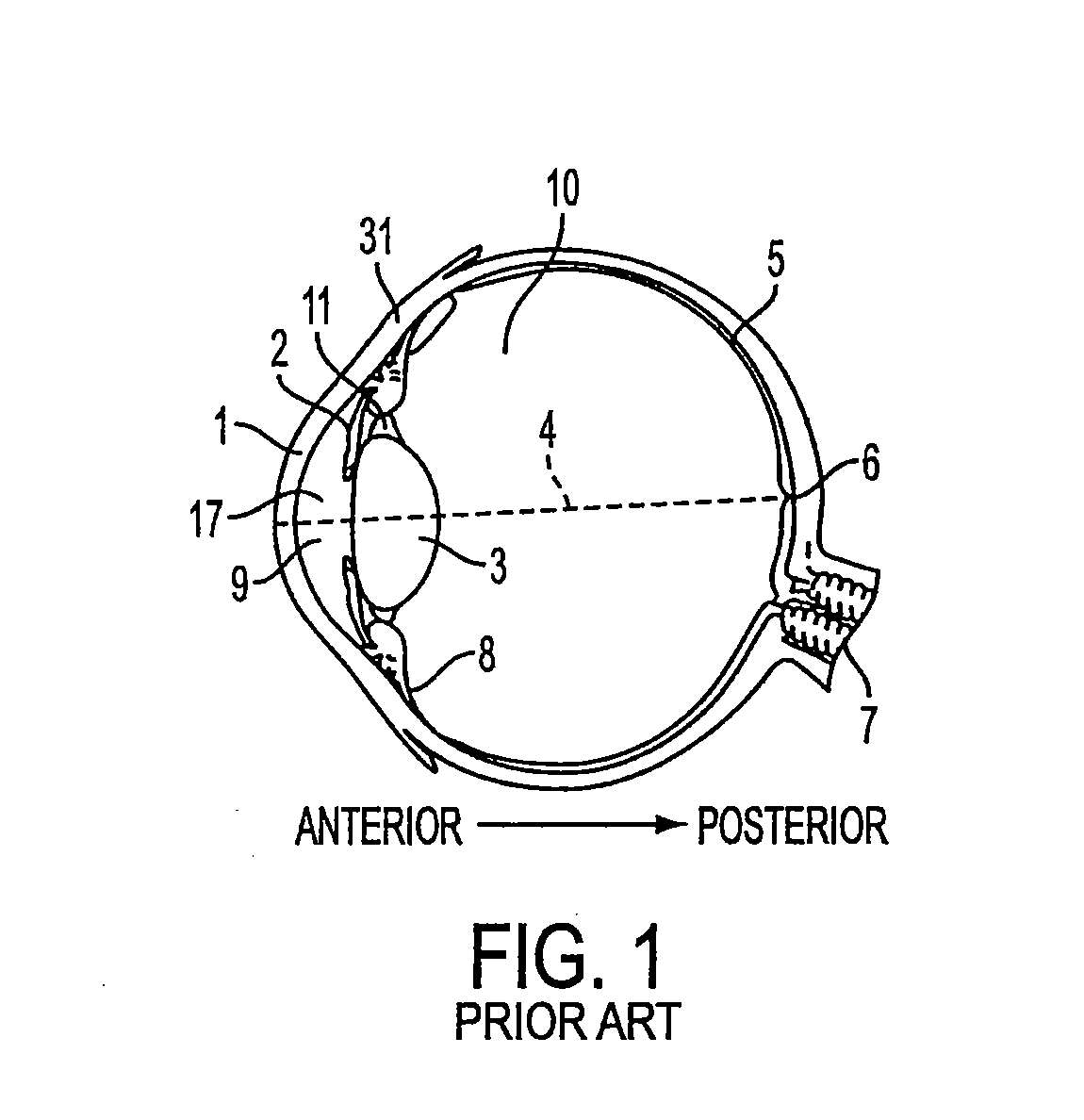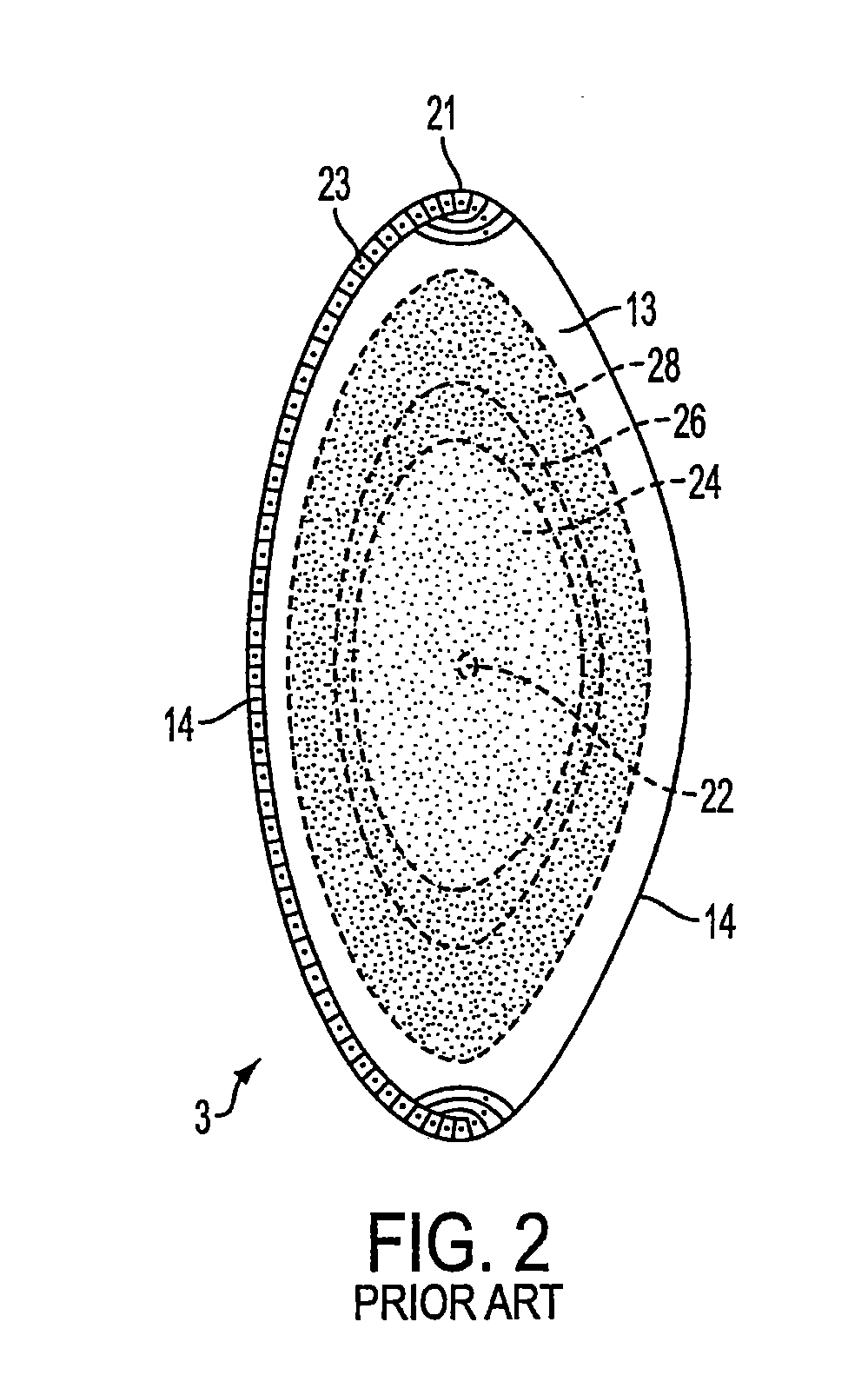Lenticular refractive surgery of presbyopia, other refractive errors, and cataract retardation
a technology presbyopia, which is applied in the field of lenticular refractive surgery of presbyopia, other refractive errors, and cataract retardation, can solve the problems of blurred vision, inability to correctly focus incoming light, and eye damage, so as to reduce the volume of lens tissue, retard cataract development, and improve the effect of vision
- Summary
- Abstract
- Description
- Claims
- Application Information
AI Technical Summary
Benefits of technology
Problems solved by technology
Method used
Image
Examples
examples
Cadaver Lens Study
[0084]As a first step, a precision technique was verified on 36 human cadaver lenses, where the age-dependent, flexural characteristics of the lenses were compared with results in studies of other designs. In the second step, an Nd-YAG laser was used to produce a 2-4 mm annulus in one of a pair of lenses from 11 donors while the fellow lens was kept as the control. The Nd-YAG pulse produced microspheres in the range of 50-500 μm diameter. An annular laser pulse pattern of 100 suprathreshold pulses were placed in the center of the treated lens, to produce a doughnut shaped pattern of microspheres. A simulated accommodation was created using a rotating base upon which the lens revolved at up to 1000 rpm. Rotational deformation was measured by changes in the central thickness and in anterior lens curvature as measured by two different techniques. When comparing the matched lenses, lens flexibility differences were demonstrated by statistically significant differences ...
PUM
 Login to View More
Login to View More Abstract
Description
Claims
Application Information
 Login to View More
Login to View More - R&D
- Intellectual Property
- Life Sciences
- Materials
- Tech Scout
- Unparalleled Data Quality
- Higher Quality Content
- 60% Fewer Hallucinations
Browse by: Latest US Patents, China's latest patents, Technical Efficacy Thesaurus, Application Domain, Technology Topic, Popular Technical Reports.
© 2025 PatSnap. All rights reserved.Legal|Privacy policy|Modern Slavery Act Transparency Statement|Sitemap|About US| Contact US: help@patsnap.com



